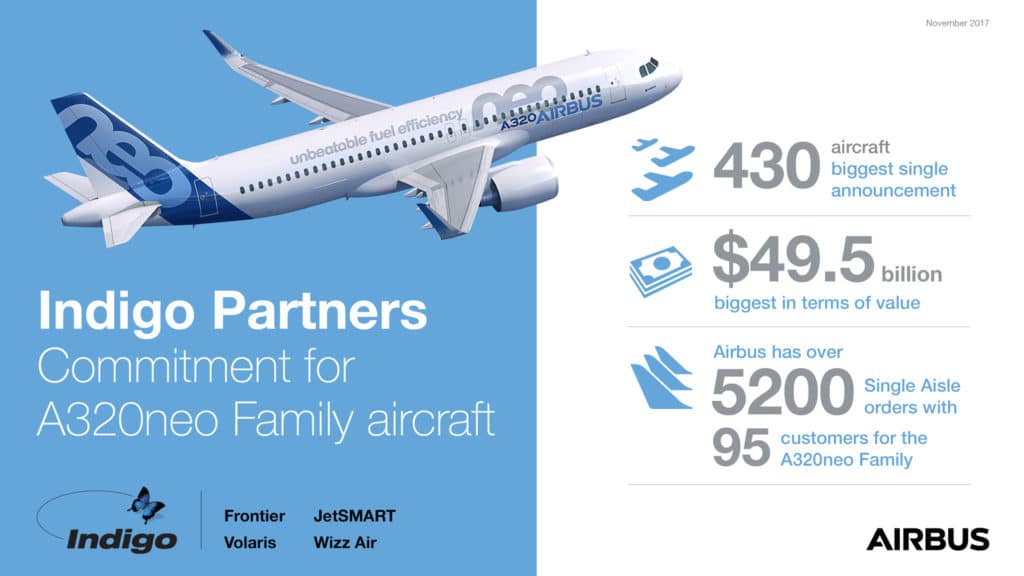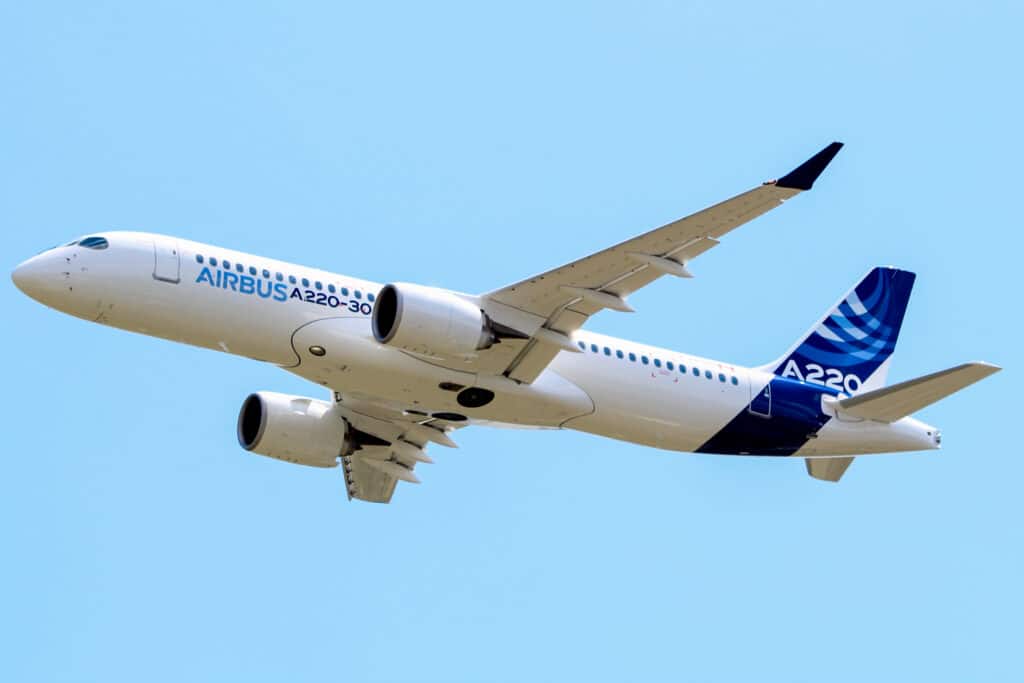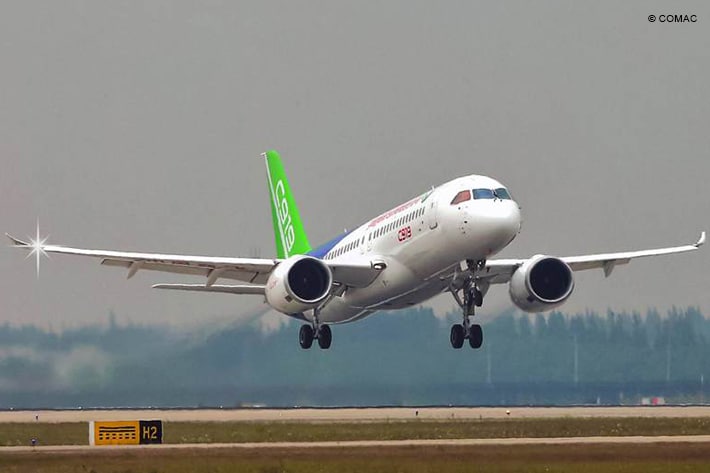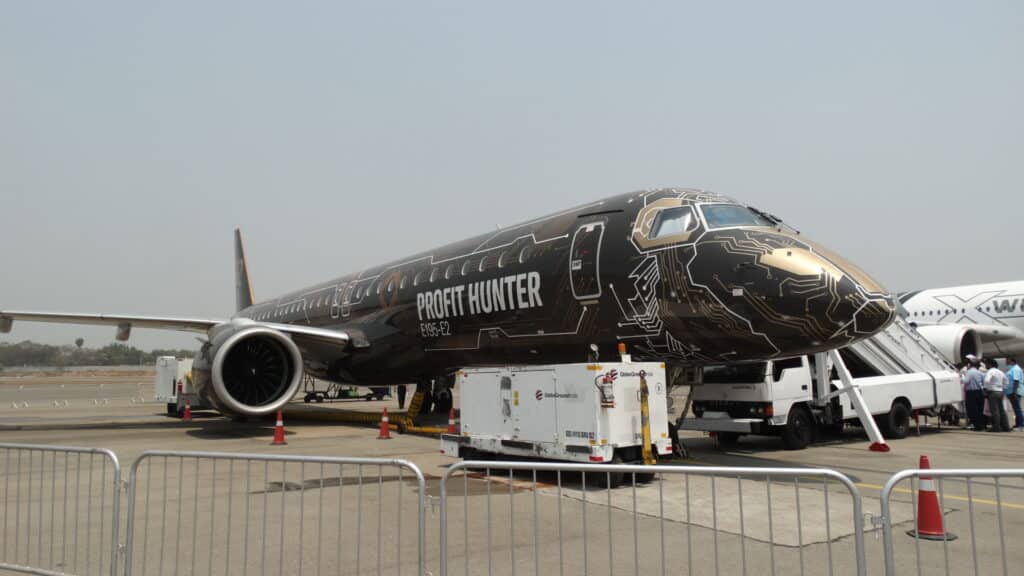Aerospace
Top 5 selling Narrow Body aircraft
In this post, we’ll take a look at some of the most widely used and best-selling narrow-body aircraft.
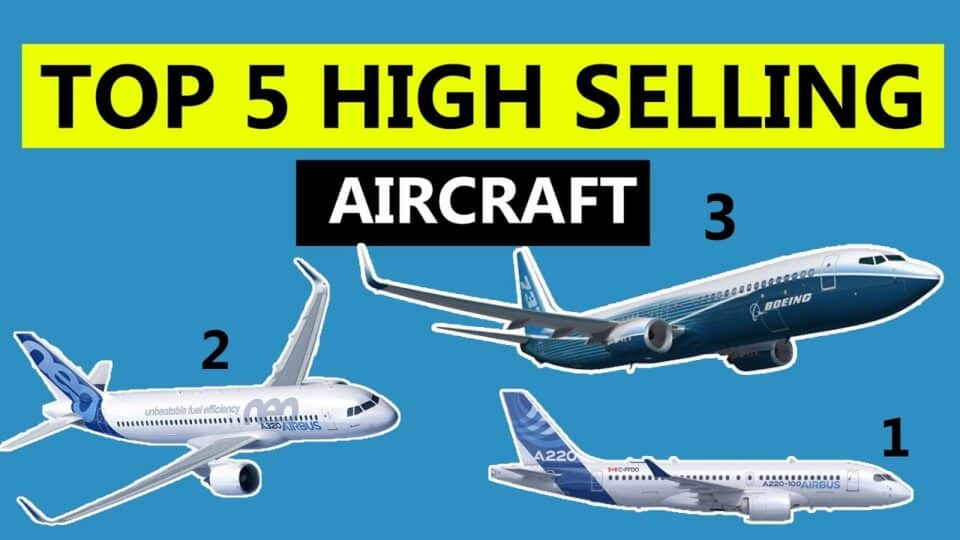
We will look at some of the popular narrow-body aircraft in this article. which are taken into account based on the rankings and orders. The newest generation of these aircraft recently made its market debut. Let’s explore these planes.
1. Airbus A320neo family
Due to its advanced technology and effectiveness, the Airbus A320 neo is one of the most popular airplanes worldwide. It is one of the most commonly purchased airplanes ever produced by the Airbus company.
By 2019, the market share of the A320neo over the rival Boeing 737 MAX was 60%. More than 130 customers have placed orders for 8,502 A320neo family aircraft as of July 2022, and 2,341 of those aircraft had already been delivered.
The Airbus A320 neo family of aircraft represents a technological advancement over the Airbus A320. It was put into orbit on December 1st, 2010, and took off for the first time in September 2014. compared to existing A320 engines, maintenance costs are 20% cheaper. and emits fewer carbon emissions and noise.
It can be equipped with two different types of engines: the Pratt & Whitney PW1000 and the CFM Leap 1A. Customers can select either one of them. As of July 2022, there have been no accidents involving hull loss or fatalities in the A320neo series.
Boeing received the most orders at the Farnborough airshows in 2022. (Opens in a new browser tab)
2. Boeing B737 MAX aircraft.
The Boeing 737 MAX is the fourth generation of the Boeing 737, a narrow-body airliner built by Boeing Commercial Airplanes, a division of the American company Boeing. It replaces the Boeing 737 Next Generation and competes with the Airbus A320neo series (NG).
Initiated in August 2011, the program made its first flight in January 2016 and was certified by the FAA in 2017. Malindo Air was the first user of this aircraft.
More than 863 airplanes have already been produced by Boeing. The FAA authorized the production of the aircraft after it was halted for two years. Boeing would complete some of the backlog delivery obligations by 2023. As demand rises, Boeing is increasing manufacturing to produce more aircraft.
COMAC C919 Successfully Completes Flight Tests(Opens in a new browser tab)
3. Airbus A220 family
Another game-changing aircraft from Airbus is the A220. The fewer passengers and shorter routes network are best suited for this aircraft. Airbus Canada Limited Partnership is the manufacturer of the five-abreast Airbus A220 family of narrow-body aircraft. It served as the Bombardier CSeries for two years after its initial design by Bombardier.
The program was introduced on July 13, 2008, and the A220-100, formerly known as the CS100, flew for the first time on September 16, 2013. After Airbus purchased a 50.01% part in the project through a joint venture set up in 2016, the plane was relaunched as the A220 in July 2018.
Six airBaltic Airbus A220s were grounded due to a lack of spare parts(Opens in a new browser tab)
It has fly-by-wire flight controls, highly efficient engines, and substantial use of composite materials, similar to the wide-body Boeing 787 Dreamliner and Airbus A350 XWB, and is propelled by Pratt & Whitney PW1500G geared turbofan engines.
The aircraft family has a range of 6,670 kilometers and can lift a maximum of 70.9 tonnes off the ground. Both launch companies reported better-than-expected fuel burn and dispatch dependability in addition to receiving praise from the crew and passengers.
4. COMAC Family
Unreleased on the market yet, a new Chinese aircraft has already reached a significant number of orders, which inspires trust in the firm making it.
The Chinese aviation authorities have awarded the C919 its all-flying certification, and this year’s market release is anticipated.
Chinese aircraft company Comac created the narrow-body airliner known as the Comac C919 for commercial use. In 2008, the development program was introduced. The first prototype went into production in December 2011, and it was finished on 2 November 2015 and had its first flight on 5 May 2017.
It is powered by Chinese ACAE CJ 1000A turbofan engines or CFM Leap engines. be able to travel 5,555 kilometers with 156–168 passengers in its typical operating configuration (3000 nmi). Comac had 1008 pledges as of the end of August 2018, including 305 firm orders, many of which came from Chinese leasing companies or airlines. Up to 77.3 tonnes, maximum take-off weight and 20,400 kg payload are permitted.
The majority of Chinese consumers have already committed to purchasing C919 aircraft, and Comac is already working on the next iteration. A long-range, 250–320-seat wide-body twinjet aircraft family called the Comac C929 is being developed by CRAIC, a joint venture between the Chinese Comac and the Russian United Aircraft Corporation.
5. Embraer E190-E2 family.
Another aircraft that fits inside a 5,000-kilometre travel segment is the Embraer. Regional airlines would benefit most from using this aircraft.
A medium-range jet is the Embraer E195. The E190-E2 was the first type, and it made its first flight on May 23, 2016, was certified on February 28, 2018, and went into service with Widere on April 24, 2018.
The two sizes of Pratt & Whitney PW1000G turbofans, fly-by-wire controls with new avionics, and upgraded cabins are shared by the three twinjet variants. They also have the same four-abreast narrow-body fuselage with varying lengths and three different new wings.
The E195-E2 will be 9.4 feet long and have three seat rows than the E195, and it can hold 146 people.
Two GE engines, and two Pratt & Whitney PW1919G engines, can power this aircraft. Embraer aims to reduce fuel consumption by 16 to 24% and maintenance costs by 15 to 25 percent per seat.
It has 146 seats and can hold up to 88 passengers. Additionally, it has a maximum take-off weight capacity of 61 tonnes and a payload capacity of 16 tonnes. Its range is 4,917 kilometers. It has currently gotten orders for almost 241 aircraft.
Share this article with your family and friends if you like it.

Aerospace
When Ratan Tata was denied entry to the airfield at the Aero India show, he waited

During our visit to Aero India 2019, we had the unexpected opportunity to see Ratan Tata at the event, which was a thrilling moment for us. However, there was a surprising hiccup when the security staff didn’t allow him to enter due to a lack of a security pass.
Despite this, he remained calm and patiently waited for about 20 minutes until a member of the Tata team brought him the required pass, after which he calmly proceeded inside. It was a humbling sight, showcasing his composed demeanor even in such situations.
Ratan Tata ji is not only a renowned industrialist but also a trained pilot, holding a pilot’s license. In 2007, he became the first Indian civilian to fly the F-16 Falcon during the Aero India show in Bangalore—a proud moment for the nation.
His passion for aviation extended beyond flying, as he played a key role in shaping India’s aerospace industry. Under his leadership, Tata ventured into manufacturing and maintaining aerospace components while upholding its legacy of quality. Notably, Tata’s collaboration with Airbus to develop and manufacture the C295 aircraft is a testament to its growing influence in the sector.
-

 Aviation2 months ago
Aviation2 months agoMicrosoft Flight Simulator Raises $3 Million to Bring Back the An-225 Mriya
-

 Airlines2 months ago
Airlines2 months agoQantas Engineers Stage Walkout Over Cost of Living Concerns
-

 Airlines2 months ago
Airlines2 months agoQatar Citizens Can Travel to the United States Without a Visa
-

 Aviation2 months ago
Aviation2 months agoQatar Airways bans these new Electronic Devices on plane
-

 Airlines2 months ago
Airlines2 months agoJapan Airlines Rolls Out Free Domestic Flights to International Passengers
-

 Defence2 months ago
Defence2 months agoWhich Country Has the Largest Fleet of Fighter Aircraft?
-

 Airport2 months ago
Airport2 months agoWestern Sydney Airport Welcomes Its First Plane After 6 Years of construction
-

 Aviation2 months ago
Aviation2 months agoDid you know ? Once Boeing 747 carried 1088 passenger in 1991

